I have Java program that, over about 16 hours, is slowly filling the heap with integer arrays that the GC is not getting rid of.
I only have VisualVM available to diagnose the problem, which is how I found that it's int[] that is filling the heap.
Any ideas how I can find the source of the int[] creation?
I'm new to using the profiler so maybe I missed that function but I've used it's heap dump, snapshot, and profiler to look at this and all it's telling me is that int[] is in high use.
